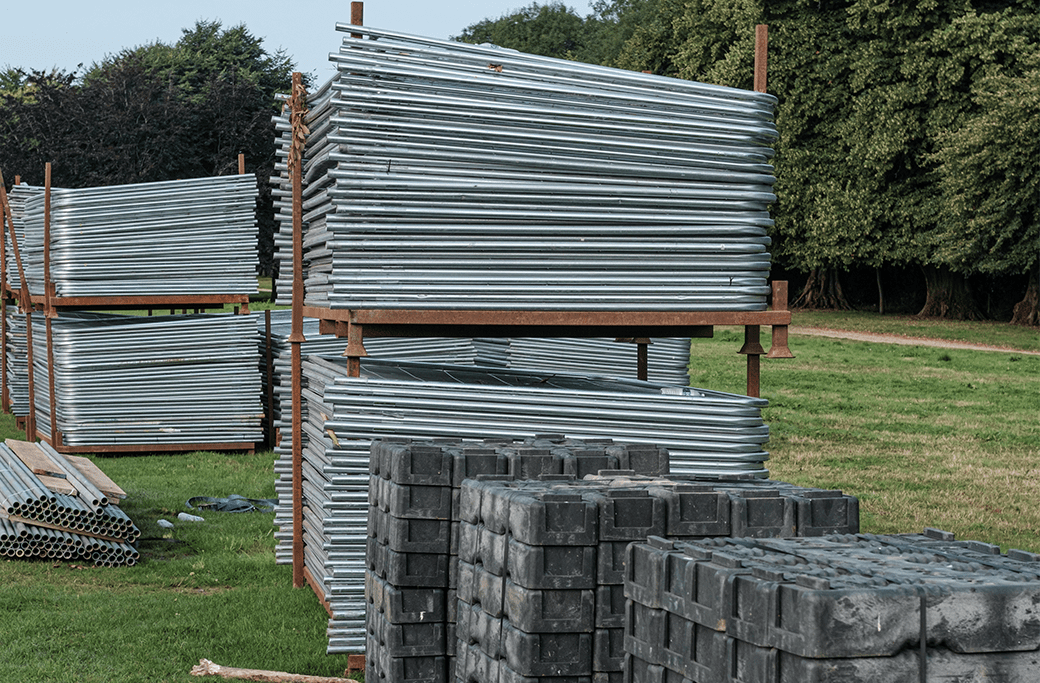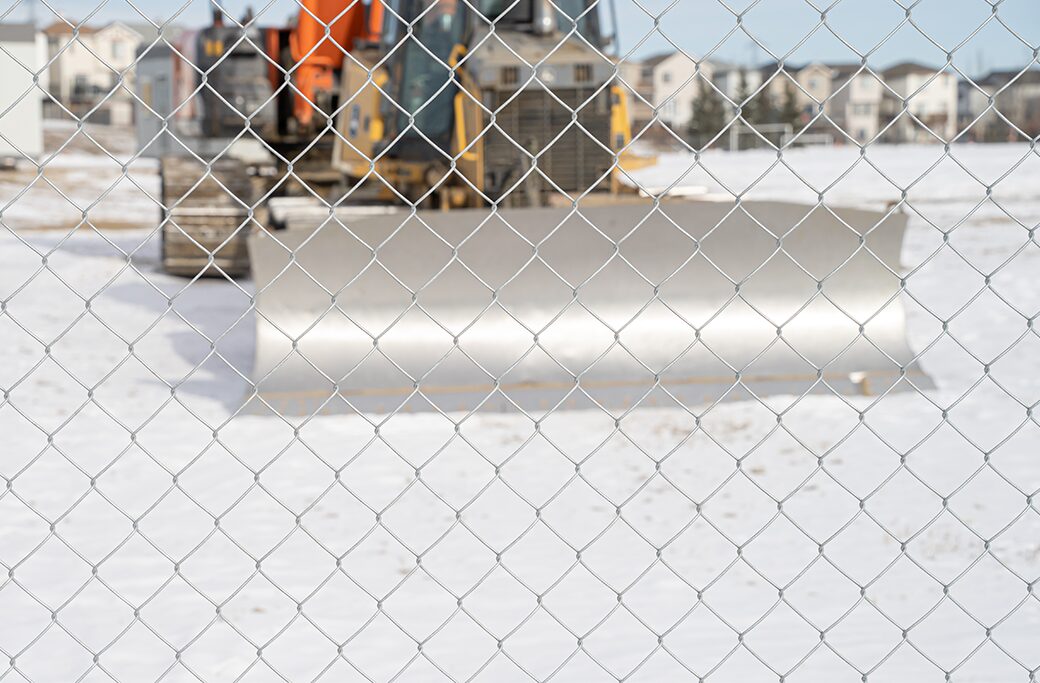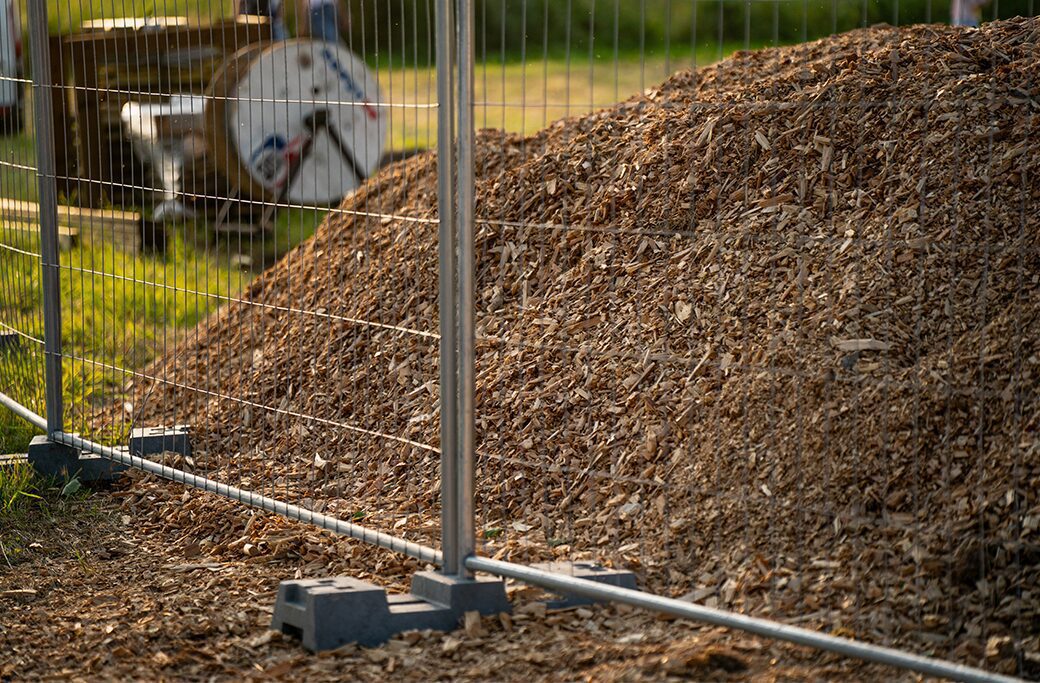In the bustling world of construction, ensuring the security of your worksite is not just a priority—it’s a necessity. For contractors, construction site managers, and security professionals, safeguarding materials, equipment, and workers is critical. A well-secured site is not only protected from theft and vandalism but also promotes a safe working environment. Among the myriad of security solutions available, block and panel fencing stands out for its effectiveness and versatility.
Understanding Block and Panel Fencing
When it comes to securing construction sites, block and panel fencing are two popular choices. Block fencing, often made from concrete blocks or similar materials, provides a sturdy and imposing barrier. It’s particularly useful for long-term projects where a robust, semi-permanent solution is needed. On the other hand, panel fencing offers flexibility and ease of installation, making it ideal for temporary setups or sites with complex layouts.
Block fencing is renowned for its durability. It can withstand harsh weather conditions and provides excellent resistance against tampering and forced entry. This makes it an excellent choice for high-risk areas or projects that require heightened security measures. Panel fencing, however, is favored for its adaptability. Panels can be quickly assembled, dismantled, and relocated as needed, offering a practical solution for dynamic construction environments.
Choosing between block and panel fencing depends largely on your project’s specific needs. While block fencing delivers superior protection and permanence, panel fencing offers the agility and cost-effectiveness that many contractors seek. Understanding these differences will help you make an informed decision on which option best suits your security requirements.
Understanding Block and Panel Fencing
When you need to establish a barrier without damaging the ground or creating holes that need patching, block and panel fencing is an ideal solution. This type of fencing provides a secure and temporary way to prevent unwanted pedestrian access to construction or event sites.
Block and panel fencing is designed to sit securely in heavy blocks, offering stability without the need for in-ground installation. This makes it easy to set up and capable of withstanding harsh weather, strong winds, and potential vandalism. The heavy blocks are placed on the ground with the panels inserted, providing a convenient barrier solution for locations without significant security threats. Block and panel fences offer quick setup and mobility, making them a versatile choice for site protection. Our team can deliver and install these fences rapidly, and they can be relocated as needed throughout a project. The process is efficient; our crew can set up extensive lengths of fencing, even up to two miles at a time, using trucks to transport the materials.
Privacy screens can also be added to deter trespassers by blocking the view of what’s on the other side, reducing the temptation to enter unauthorized areas.
Best Practices
Installing block and panel fencing requires careful planning and execution. The first step is to assess your site layout and identify key access points. It’s essential to create a comprehensive plan that outlines where the fencing will be placed, ensuring it encloses all materials and machinery effectively. Consider potential weak spots like gates or intersections where additional security measures may be needed.
Begin the installation by laying a solid foundation. This ensures the stability and longevity of the fence, preventing it from shifting or collapsing over time. Use high-quality materials and ensure that each block is securely positioned. Pay attention to joints and seams, as these can become points of weakness if not properly reinforced.
Accessibility and entry points should be strategically placed to facilitate the movement of workers and vehicles without compromising security. Gates should be durable and lockable, preferably equipped with surveillance cameras or alarms for added protection. Regularly review and adjust the setup as the project progresses to maintain optimal security.
Maintenance and Safety Tips
Maintaining your block and panel fencing is crucial for ensuring ongoing security. Routine inspections should be conducted to check for signs of wear and tear, such as cracks or loose blocks. Address any issues promptly to prevent them from escalating into more significant problems.
Safety is another critical consideration, especially in construction environments. All workers and visitors should be aware of the fencing’s presence and its role in site security. Clear signage can warn of potential hazards and direct individuals to designated entry points. Additionally, ensure that emergency exits are accessible and well-marked.
Regular training sessions can enhance safety awareness among staff, promoting a culture of vigilance and responsibility. By keeping maintenance and safety at the forefront of your operations, you can create a secure and efficient construction site.
Securing Construction Sites with Block and Panel Fencing
Securing your construction site with block and panel fencing is an essential step in ensuring the success and safety of your project. By understanding the benefits of each type of fencing and following best practices in installation, maintenance, and safety, you can create a robust security framework that protects your investments and team.
At Mobile Storage Inc., we’re committed to helping you secure your site effectively. Our team is ready to assist with fencing solutions that meet your unique needs. We invite you to contact us for further advice and explore how we can enhance your site’s security.






